11 Ways Gen Z Treats Their Pets That Boomers Laugh At
Is it surprising that young people prefer "fur" babies?
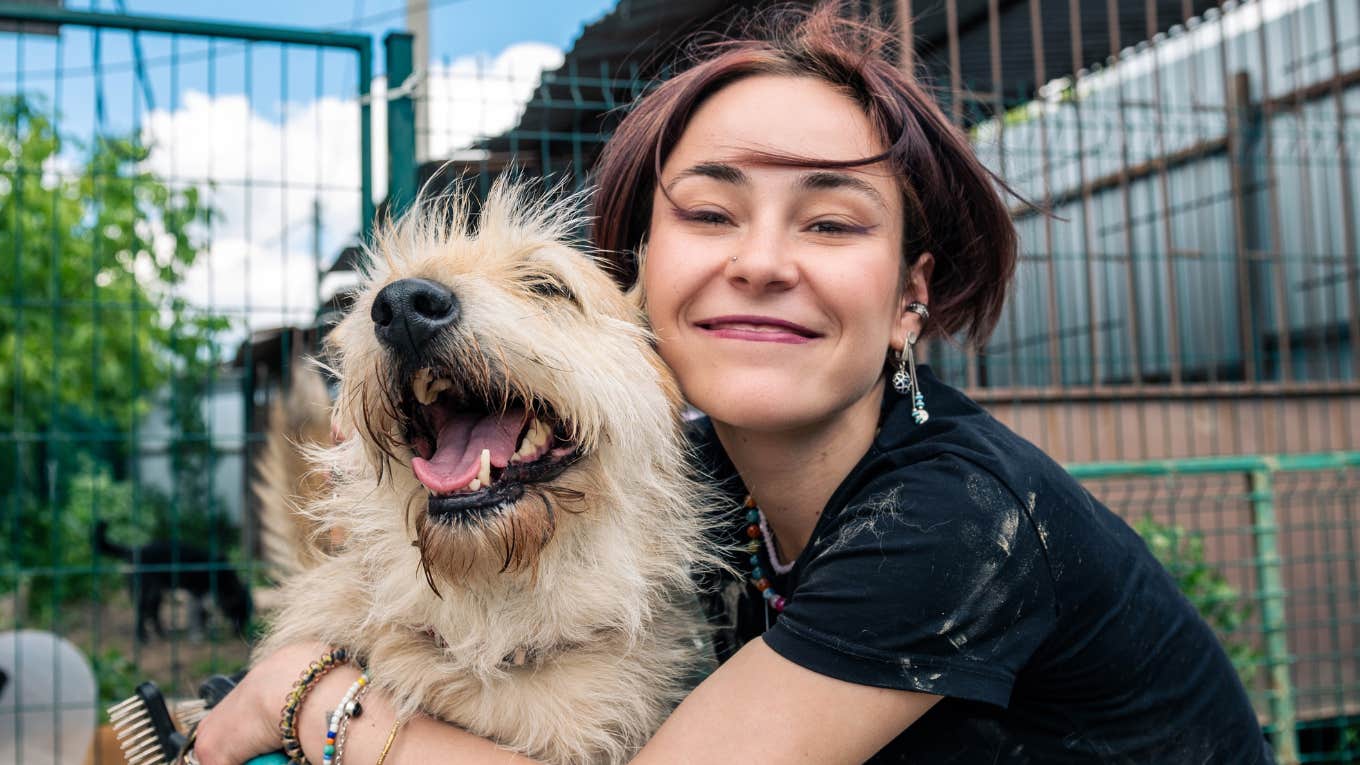 andysavchenko | Shutterstock
andysavchenko | Shutterstock Nearly overtaking millennials as the most common age demographic of pet owners, Gen Zers are quickly taking on the responsibility of owning a pet, especially as they collectively enter adulthood. While more significant investments like purchasing a home or buying a new car may be unfeasible for Gen Zers, many are comfortable with pet ownership's financial obligation, especially with comfortable responsibility and companionship.
Especially for this generation that's collectively reluctant to have human children of their own, there are undoubtedly eccentric ways Gen Z treats their pets that boomers laugh at. These fur babies are the children of younger generations, providing them with just the right amount of obligation, responsibility, and consistency in their lives — why wouldn’t they invest the same money, time, and energy into caring for them?
Here are 11 ways Gen Z treats their pets that boomers laugh at:
1. Buying them an entire wardrobe of outfits
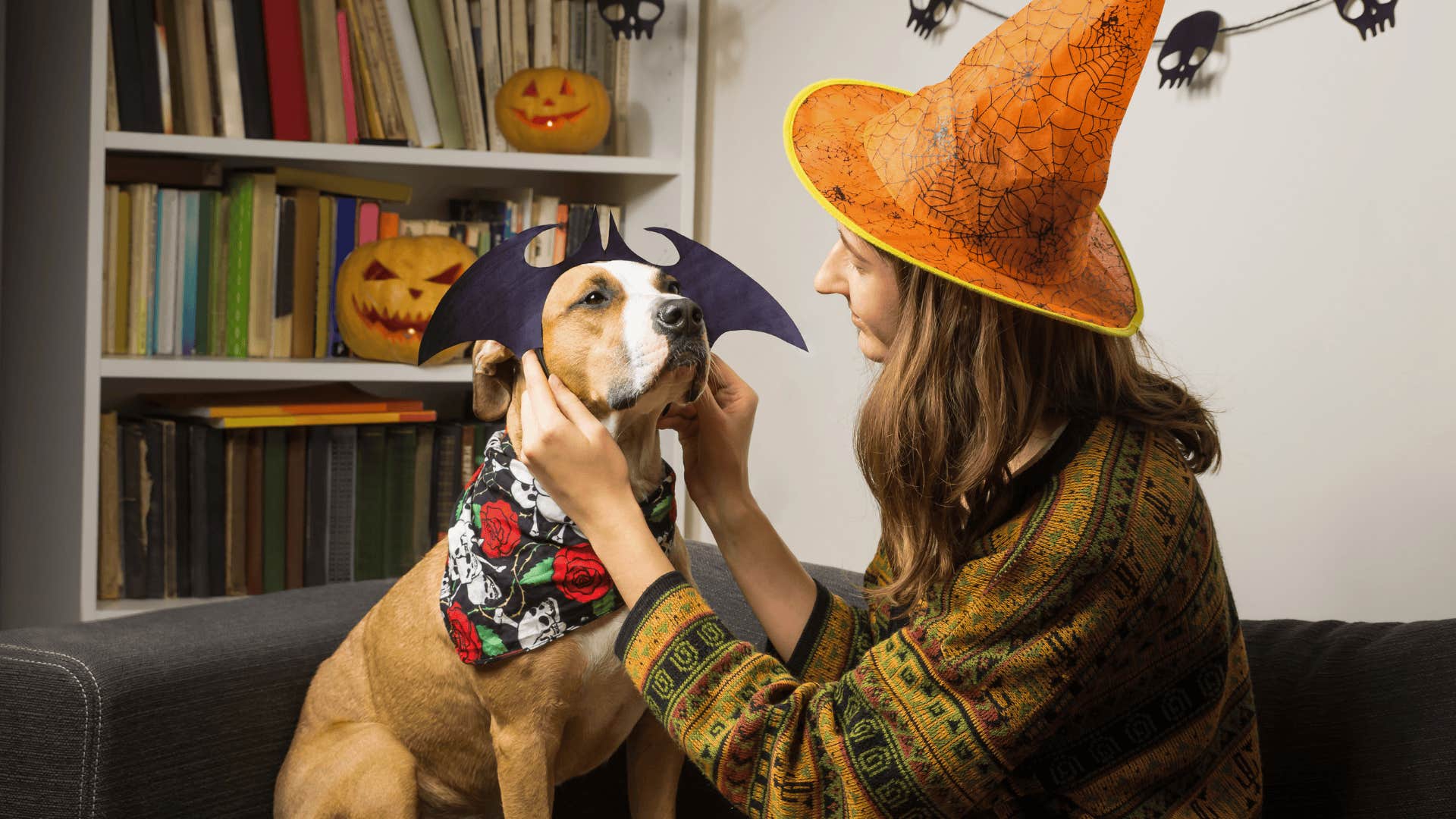 Aleksey Boyko | Shutterstock.com
Aleksey Boyko | Shutterstock.com
According to a Segmanta pet survey, Gen Z pet owners are not only the most likely to view their animals as “their own kids” compared to older generations like baby boomers, but they’re also the most likely to dress them up for special occasions or curate a closet of clothes just for their animals.
From dressing them up in boots and a winter coat to giving them a birthday crown, Gen Zers treat their pets the same way boomer parents would treat their real kids — celebrating their accomplishments, investing in their wardrobes, and even gifting them presents on their birthdays.
2. Traveling with them
 Cats2photo | Shutterstock.com
Cats2photo | Shutterstock.com
Rather than boarding their animals at home or getting a babysitter, many Gen Z pet owners are more willing to take their pets with them when they leave town. Whether that means investing in a “pet-friendly” airline ticket or a road trip to keep their animals in the car, Gen Z pet owners bring their animals with them — on vacation, to the coffee shop, and even running errands.
Of course, this fundamental shift in traveling expectations — bringing pets along for the ride — is genuinely changing the hospitality industry, especially as more Gen Zers become animal owners. You’ve probably already noticed hotels offering “pet-friendly” rooms or public coffee shops letting customers bring their dogs inside — it’s not just a personal choice but an entire industry shift.
3. Investing in mental health medications
 Gorodenkoff | Shutterstock.com
Gorodenkoff | Shutterstock.com
According to a study from Frontiers in Psychology, Gen Z is most likely to view their pets as active supporters against mental health concerns like anxiety and depression. They’re also cognizant of their pets’ demeanor and emotional well-being. From investing in anxiety medications to combating pet depression, younger generations are much more likely to invest in veterinary care for their animals’ mental health than other generations.
Outside of comfort medications for their animals, nearly 90% of Gen Z pet owners admitted they’d pay for pet therapy for their animals if it were needed. Younger generations are known for breaking stigmas around mental health in the workplace and amongst family dynamics, but clearly, they’re also willing to do the same for their fur babies.
4. Celebrating their birthday
 Harbucks | Shutterstock.com
Harbucks | Shutterstock.com
According to a Newsweek survey, over half of Gen Z pet owners choose to spoil their animals on their birthdays — whether gifting them presents, throwing them a party with friends and family, or baking them a birthday cake.
While many older generations, like baby boomers, still celebrate their pets and often view them as a part of their family, Gen Zers tend to invest more money into these events, especially without human children or larger investments to worry about.
5. Giving them nontraditional names
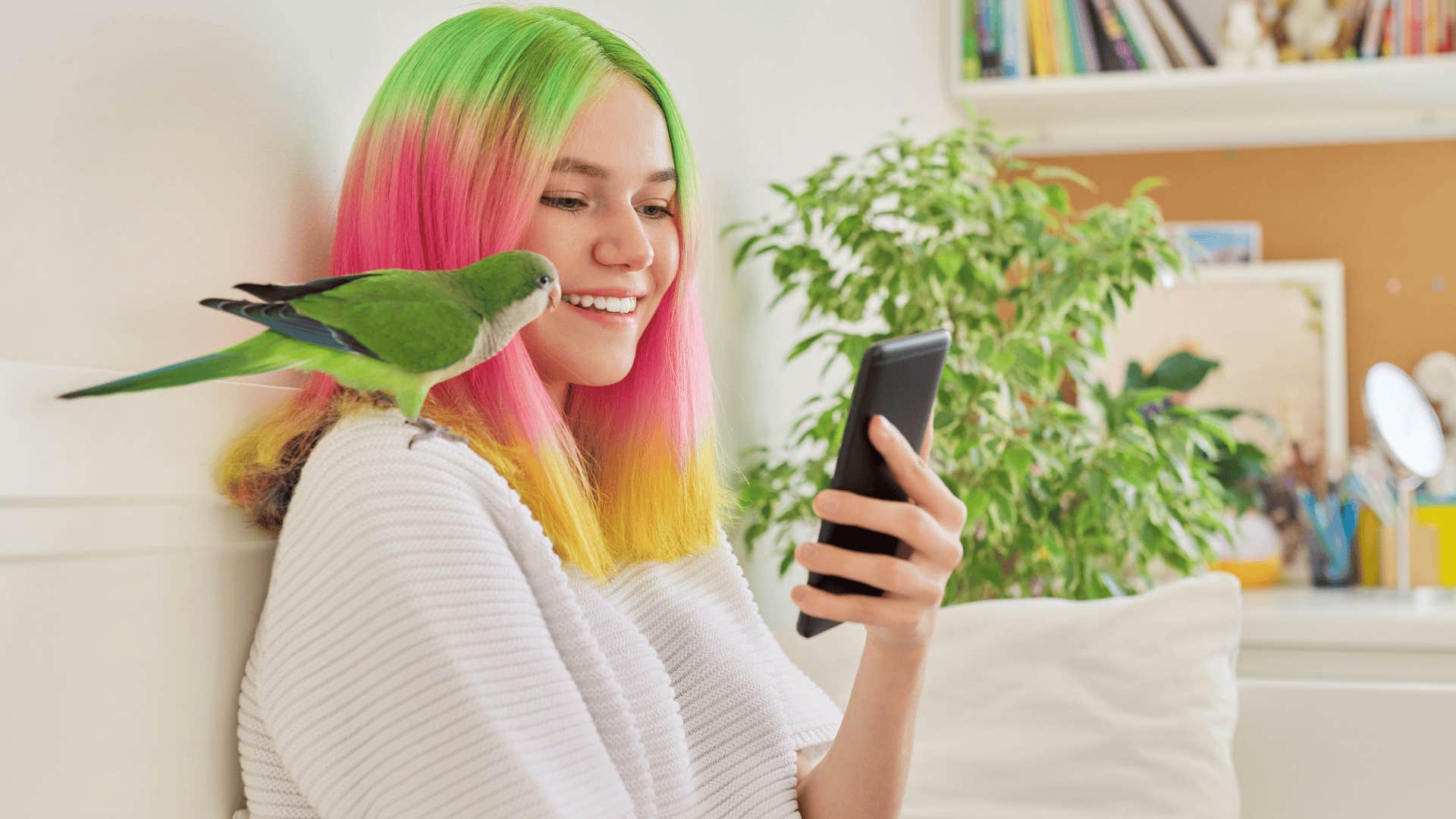 VH-Studio | Shutterstock.com
VH-Studio | Shutterstock.com
While older generations tend to give their pets more traditional names — like Charlie, Buddy, Major, or Lucy — Gen Z isn’t afraid to adopt quirky non-traditional names. Sometimes, it’s all for the joke – naming their little white dog “Bill” or reimagining their favorite TV character as their cat’s nickname — but sometimes, it’s completely and utterly serious.
According to a Rover study, many of the newest pet names — primarily crafted by Gen Z pet owners — are completely nontraditional and rooted in the media they often consume. From “Swiftie and Kelce,” for Taylor Swift fans, to “Barbie” and even “Prosecco,” there are roots in pop culture, entertainment, and maybe, Gen Z’s favorite foods.
6. Taking them everywhere
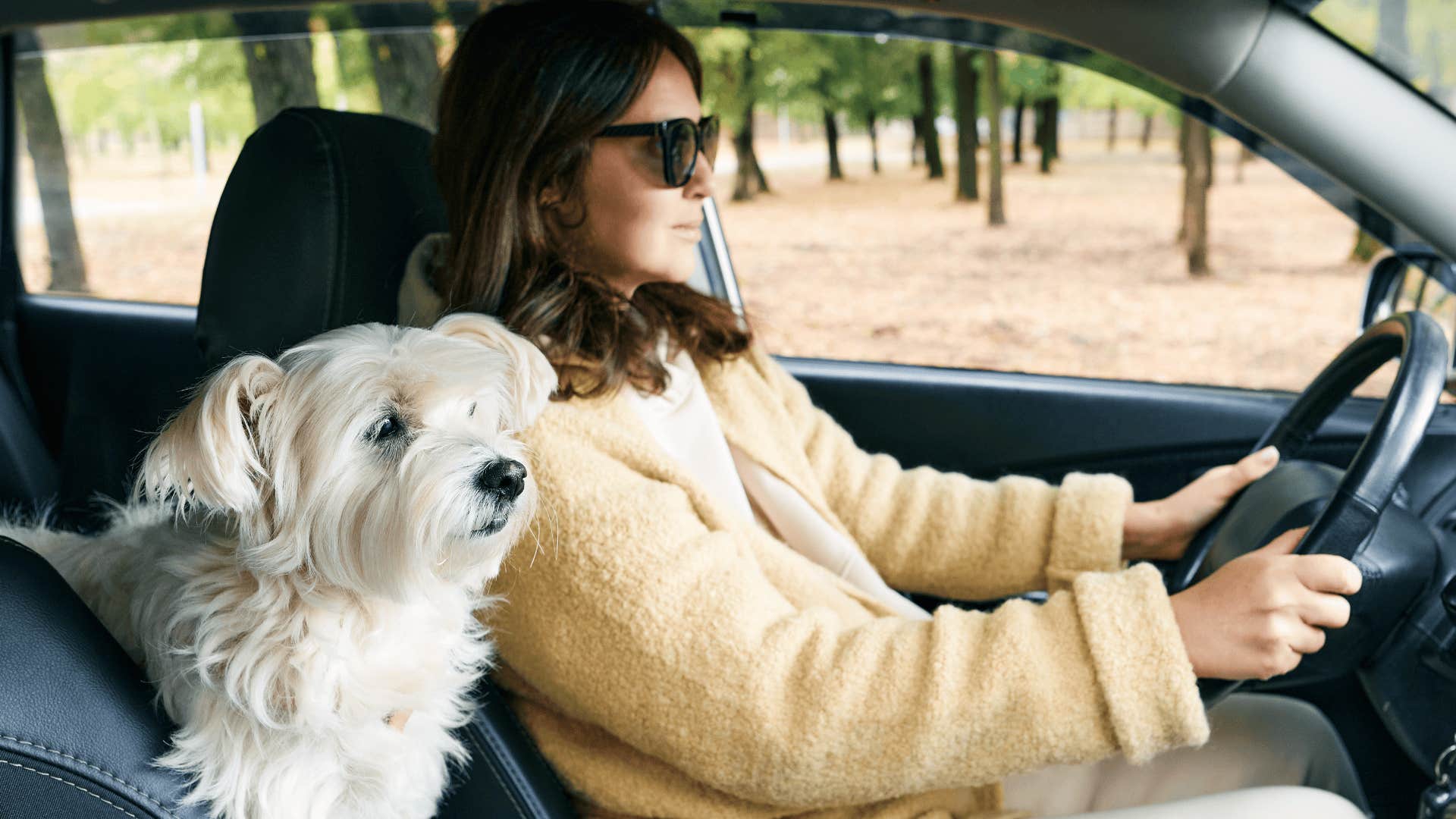 Viktor Gladkov | Shutterstock.com
Viktor Gladkov | Shutterstock.com
You’ve seen a few Gen Z pet owners walking their cat on a leash at a coffee shop or perusing a library with their dog — it’s not just one of the quirks of these young pet owners; it’s essentially become the new standard. Considering they largely can’t afford, and mostly don’t want, to have human kids of their own, their fur babies have become their companions — not just at home but in public, as well.
While it may be one of the ways Gen Z treats their pets that boomers laugh at, it’s become a ritual — and they don’t mind spending more to do it. According to a Newsweek survey, Gen Z pet owners spend the most on their pets — averaging around $178 a month, with millennials closely behind at $148.
7. Cooking them meals
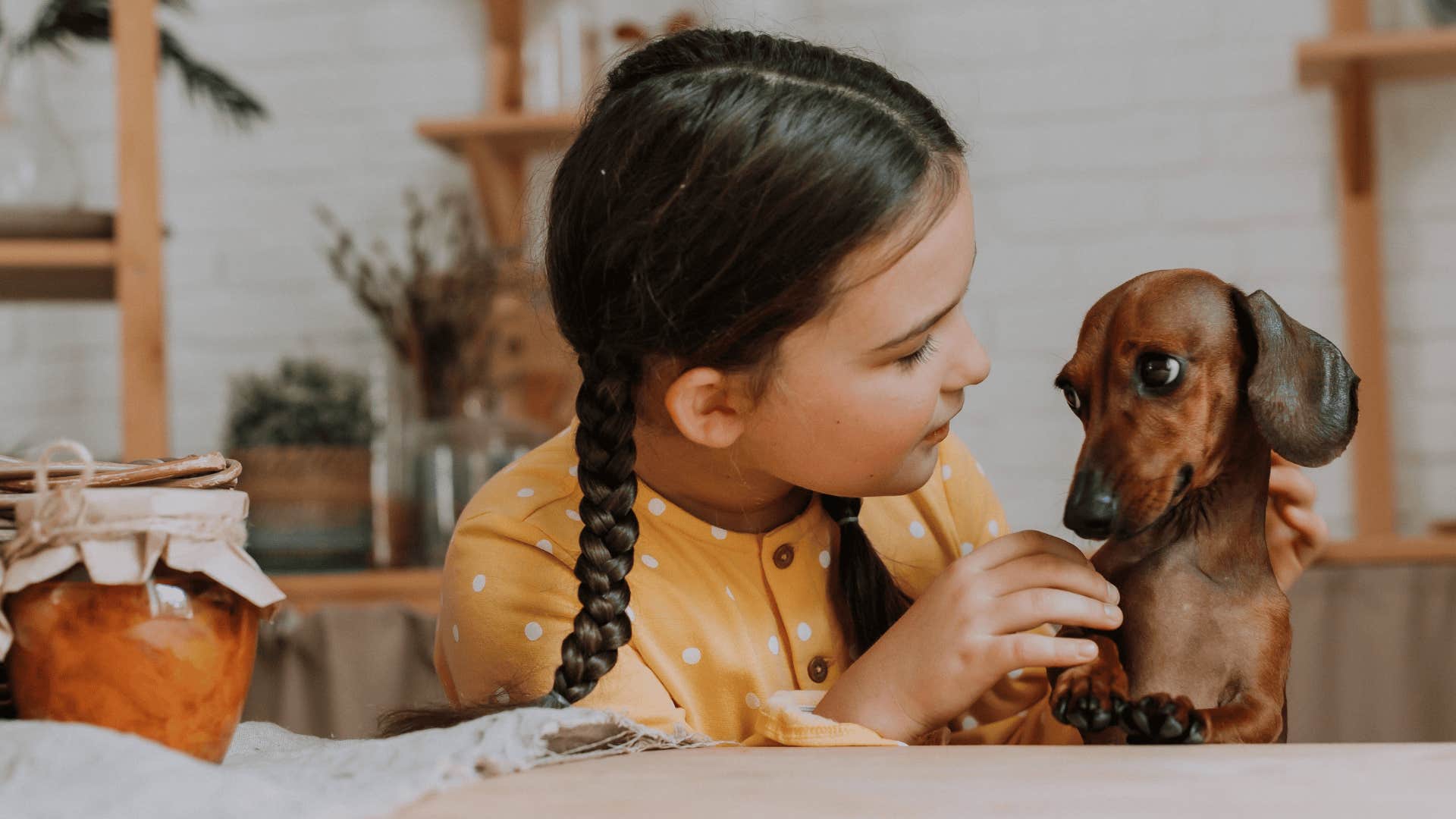 Kristina Igumnova26 | Shutterstock.com
Kristina Igumnova26 | Shutterstock.com
While many traditionalist pet owners opt for bagged pet foods and canned options, Gen Z pet owners are infamous for “cheffing it up” in the kitchen for their pets. Whether baking them a sweet potato birthday cake or investing hundreds into a “fresh food” diet, many Gen Z parents invest the same amount of time feeding their pets as they do themselves.
Of course, it’s crucial for pet owners — of any age demographic — to be careful about investing in home diets for their pets. According to a Journal of Nutritional Science study, pet owners can sometimes sabotage their animal’s health and wellbeing with at-home diets — missing out on key nutrients and ingredients that store-bought foods already account for.
8. Sleeping in the same bed
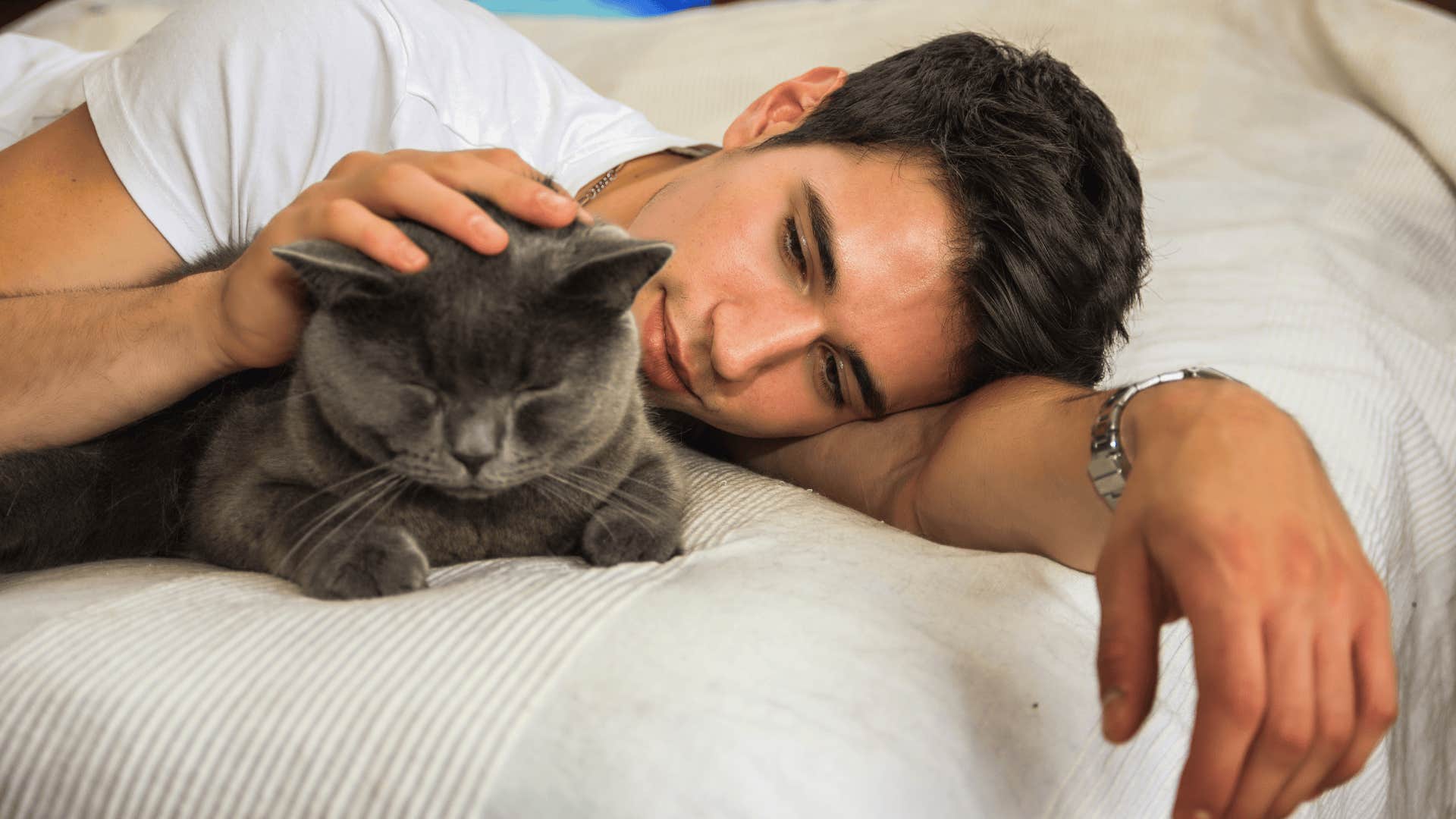 ArtOfPhotos / Shutterstock.com
ArtOfPhotos / Shutterstock.com
While certain exotic pet varieties — that many Gen Zers are more interested in owning than older generations, according to a PLOS One study — are impossible to share a bed with, many young dog and cat owners can’t imagine not sleeping with their animals. Another study from the American Academy of Sleep Medicine argues that younger generations, like Gen Z, are the most likely of the 46% of pet owners who regularly sleep with their pets.
For older generations that are more likely to share space with a marital partner or have preconceived notions about the cleanliness of sharing a bed with their pet, this is easily one of the ways Gen Z treats their pets that boomers laugh at.
9. Making them social media accounts
 Josep Suria | Shutterstock.com
Josep Suria | Shutterstock.com
According to a 2022 Statistica survey, nearly 40% of pet owners are guilty of making a social media account exclusively for their pets — with the majority of those being Gen Zers. If you’re chronically online, you’ve undoubtedly seen a pet influencer pop up on your feed, a family member’s dog posting “as themselves” on Instagram, or even a TikTok voiceover of someone’s dog complaining about their owner.
While having a similar social media account for your human child — you’ve likely seen the controversies about parenting YouTube channels and “momfluencers” — seems controversial, pet pages are irresistibly cute and well-natured, yet still downright hilarious to boomer pet owners.
10. Paying to make them a ‘service animal’
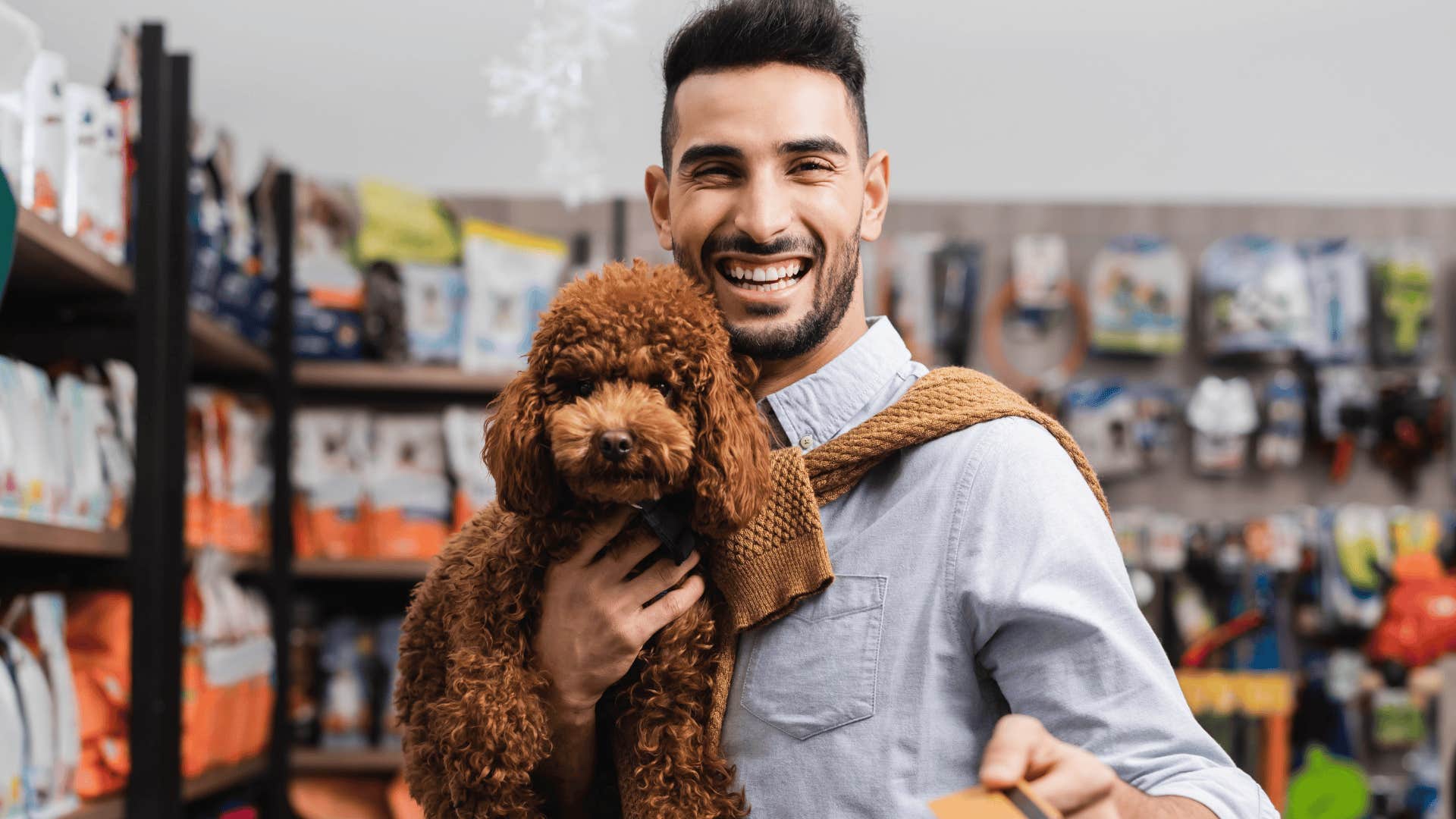 Lightfield Studios | Shutterstock.com
Lightfield Studios | Shutterstock.com
While emotional support animals, or “ESAs,” have become increasingly popular in the past few years, coupled with Gen Z pet owners’ challenge of mental health stigmas and stereotypes, many younger generations are also investing in service animal training.
Considering many younger pet owners are seeking companionship and comfort from their pets — investing more time and money into these animals — it’s not surprising that they’re also training them to a higher degree.
By making their service animals and investing in this training, Gen Z not only has more freedom and peace of mind when taking their pets with them in public, but they’re also easily able to travel and try new experiences — two values Gen Z greatly prioritizes — without worrying about spending extra money on a “pet-only” flight or boarding them at home.
11. Give them their own bedroom
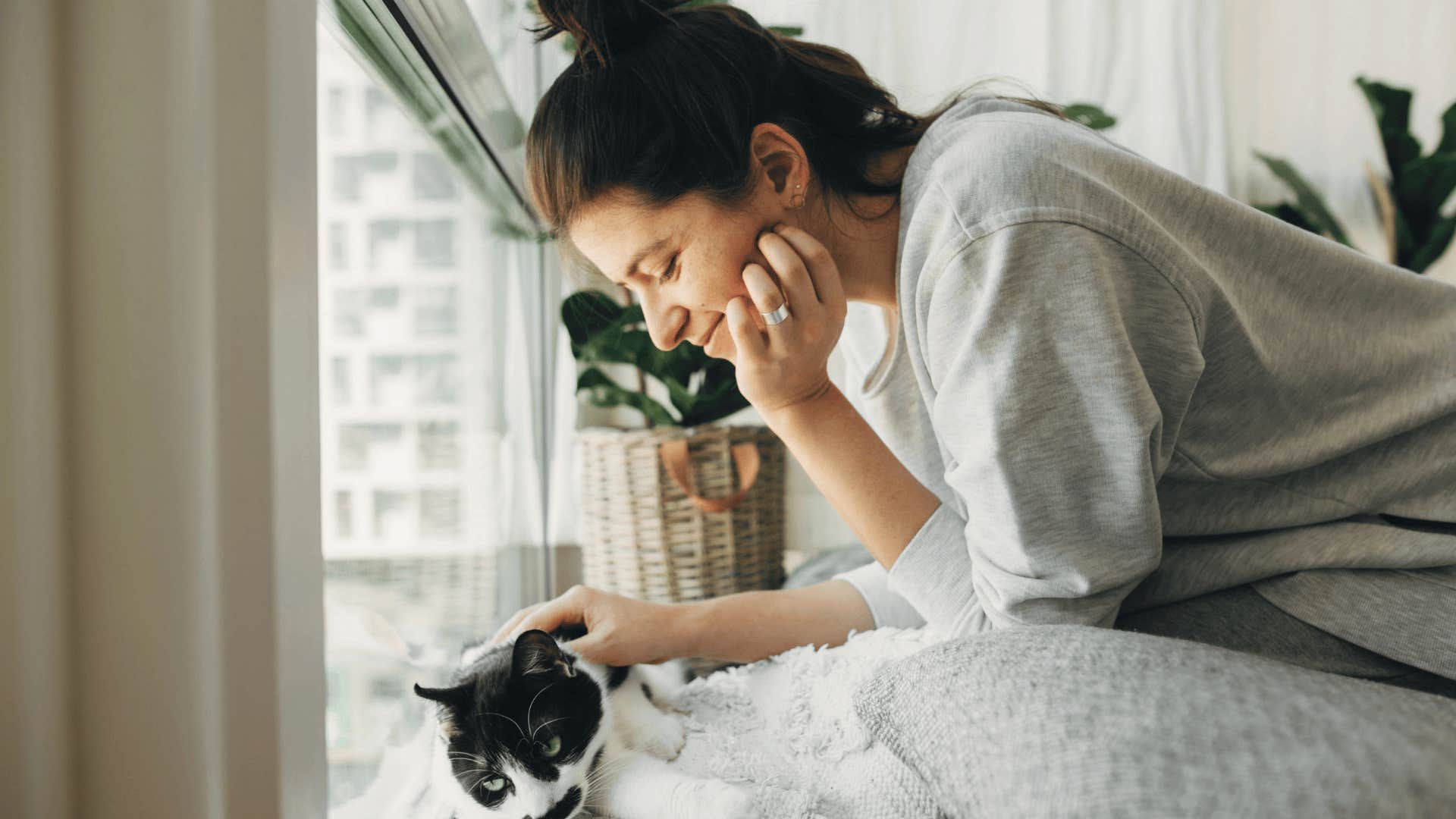 Bogdan Sonjachnyj | Shutterstock.com
Bogdan Sonjachnyj | Shutterstock.com
While it’s undoubtedly one of the ways Gen Z treats their pets that boomers laugh at, giving their animals their own bedroom and decorating their space is one of the newest pet owner trends, especially for pet influencers and owners chronically online.
While some baby boomers may shake their heads at the thought of sharing a bed with their pets, the next option is a pet bed — not giving them an entire bedroom. Yet, it’s still become a thing — some pet influencers even invest thousands of dollars into building separate houses for their pets.
Zayda Slabbekoorn is a staff writer with a bachelor’s degree in social relations & policy and gender studies who focuses on psychology, relationships, self-help, and human interest stories.

